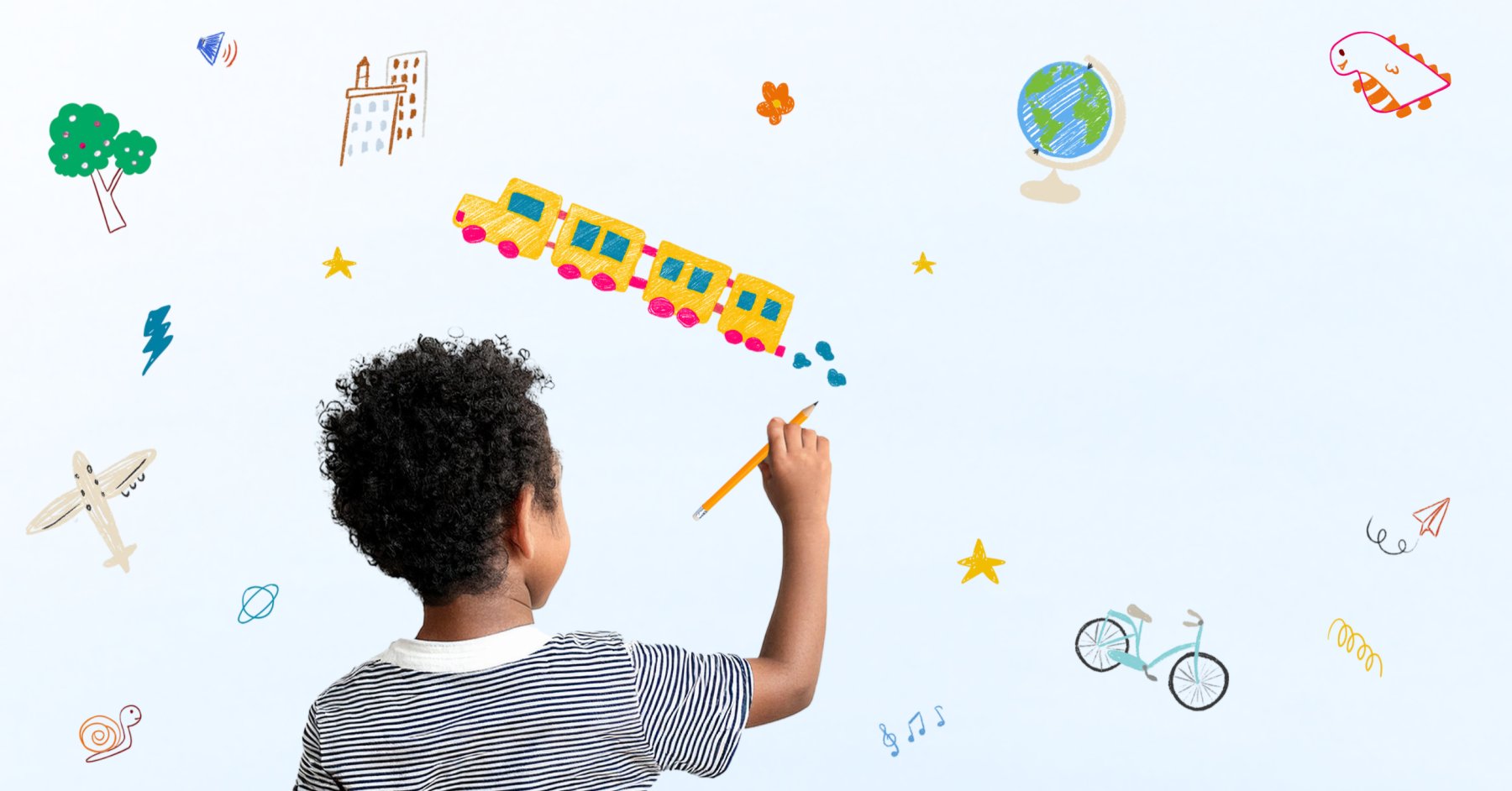
Written in Collaboration with Motherhood Beyond Bars
In Milo Imagines the World, the audience follows Milo and his sister Adrienne as they ride the New York City Subway to visit their mother, who is incarcerated. As they travel, Milo imagines fantastical stories about the other Subway riders through drawing in his sketchbook. Along the way, Milo creates imaginative stories about others who are traveling and draws stories in his sketchbook. At first, his drawings are based on surface-level impressions, but as the ride continues, Milo begins to reflect on how people might make similar assumptions about him. He realizes that these kinds of stereotypes can be both inaccurate and hurtful. As author and thought leader Chimamanda Ngozi Adichie explains in her TED Talk “The Danger of a Single Story,” “The single story creates stereotype, and the problem with stereotype is not that they are untrue, but that they are incomplete—they make one story become the only story.”
It is reported that 5.2 million children in the U.S. have had a parent serving time in jail or prison in their lifetime. 8% of children living in the state of Georgia have a parent who is currently or was previously incarcerated. About 3.5% of U.S. children under age 18—or one child in every classroom of about 29 students—had a parent behind bars in 2015, mainly their fathers.
After attending Milo Imagines the World, there may be questions left unanswered for young people as they try to make personal meaning of what they have witnessed. Here are some helpful talking points to support their curiosities:
Why is Milo’s mom in prison?
The play doesn’t tell us why Milo’s mom is in prison—and that’s okay. People can go to prison for many different reasons, and sometimes it’s not as simple as just breaking a rule. Sometimes people don’t have the help or support they need, and that can make it harder to stay out of trouble. No matter what, Milo’s mom still loves him, and Milo still loves her. Families can stay connected, even when they’re apart.
What’s the difference between jail and prison?
Jail and prison are both places where people are held when they’ve broken the law, but they’re a little different. Jail is usually for people who are staying for a short time—like less than a year—or who are waiting to go to court. Prison is for people who are serving longer sentences, usually more than a year.
Where is their dad?
The play doesn’t tell us anything about Milo and Adrienne’s dad, so we don’t know where he is or if he’s part of their lives. What we do know is that they live with another caring adult in their family who helps take care of them. Families can look all kinds of ways, and what matters most is that children are loved and supported.
Who do Milo and Adrienne live with?
In the play, Adrienne says “... and is Auntie going to be mad at you when we get home late?” which leads us to believe they live with their Aunt or another trusted adult. When a parent is incarcerated, children in the U.S. go to live with their other parent or step-parent (71%), a grandparent (17%), another relative (5%), or someone outside of the family like a friend or agency (4%).
Why can’t Milo and Adrienne visit their mom every day?
Milo and Adrienne wish they could see their mom more often, but visiting someone in prison can be really hard. They only get to visit once a week, and it takes a long ride on the Subway just to get there. Some kids live even farther away, and it’s not always easy to find a ride. Sometimes, the prison doesn’t allow in-person visits, especially for children. Families can also talk by phone or video, but those things cost money—not everyone can afford them. That’s why every visit is so special for Milo and Adrienne.
Consider the following conversation starters for after the show:
- Have you ever missed someone you love? What did you do to feel better?
- Was there a part of the story that made you feel happy, sad, or surprised?
- Did Milo's ideas about the other passengers change? Why do you think that happened?
- What do you think it’s like to visit someone in jail or prison?
- What do you do to feel close to someone when they’re far away?
PICTURE BOOKS ABOUT PARENTAL INCARCERATION
- Visiting Day by Jacqueline Woodson
- Far Apart, Close in Heart: Being a Family When a Loved One Is Incarcerated by Becky Birtha
- While Dad Was Away by Karin Littlewood
- Knock Knock by Daniel Beaty
- Stardust – We Always Share the Same Sky by Ivana Mlinac
- See You Soon by Mariame Kaba
- To the Earth and Back by Lora Farris
RESOURCES
- Motherhood Beyond Bars
- Foreverfamily
- Sesame Workshop - Incarceration
- Healthy Children - Tips to Support Children When a Parent is in Prison
- What Should I Tell the Kids When a Parent is Away
.png)
Find more information about Milo Imagines the World here.




